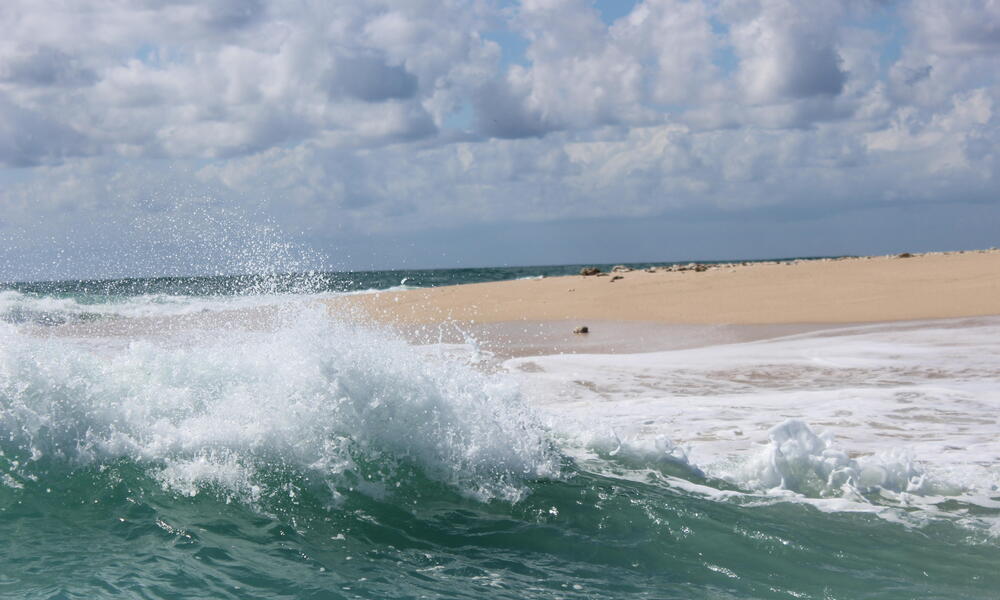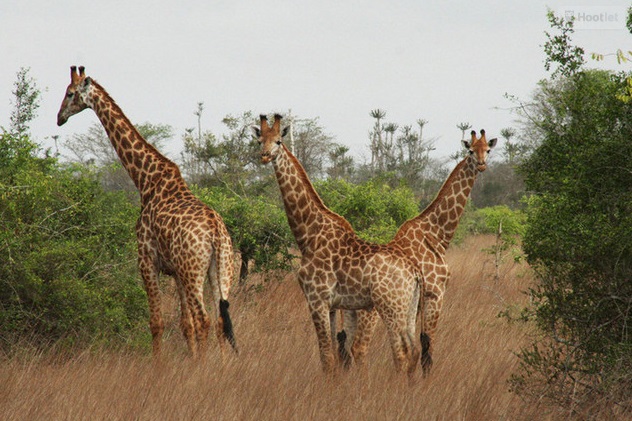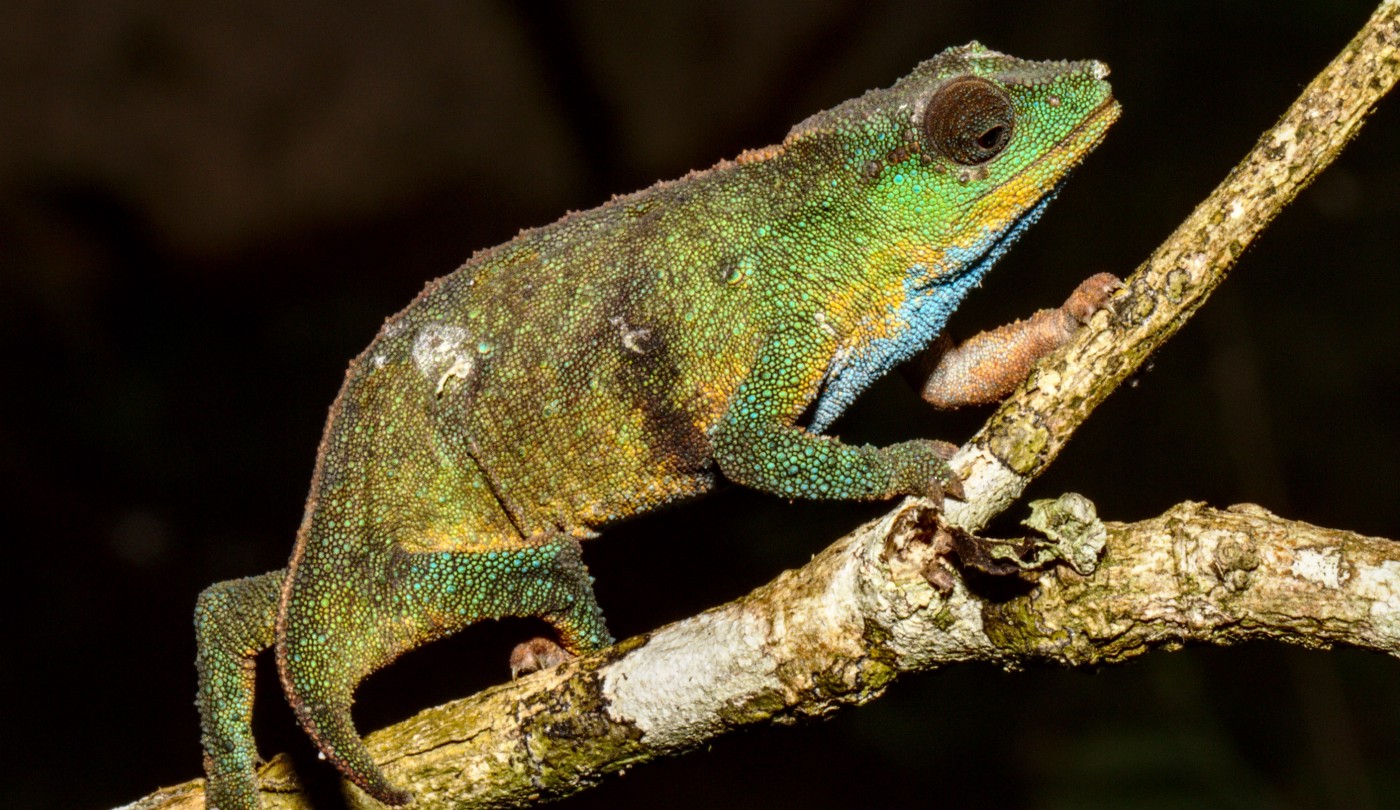Protected and conserved areas in Mozambique70 Mozambique has 44 protected areas covering 170,662 km2 of the land and 12,821 km2 of the ocean (UNEP-WCMC & IUCN, 2019n). The terrestrial coverage of protected areas in the country has been increasing over the last 10 years.
Recognising the national and global value of biodiversity, the Government of Mozambique has focused on ensuring the inclusion of ecosystems that were not previously represented, such as the country’s only protected freshwater ecosystem, the Partial Reserve of Lake Niassa. Marine protected areas were also expanded with the creation of the Environmental Protection Area of the Primeiras and Segundas Islands and the Partial Marine Reserve Maputo–Ponta do Ouro.
Some marine sanctuaries were also declared. The Government of Mozambique has undertaken a review of the various different co-management models and has embraced public private partnerships to improve the management of its protected area estate. This includes the Carr Foundation for Gorongosa National Park and the African Parks for Bazaruto Archipelago National Parks, among others.
Transboundary protected and conserved areas
Mozambique is a part of seven transboundary conservation areas, namely Chimanimani TFCA, Great Limpopo Transfrontier Park and Conservation Area (GLTP) TFCA, Lubombo TFCA, Conservancy Area Mnazi Bay-Quirimbas TFCA, Niassa-Selous TFCA, Ponta de Ouro Marine Reserve-Cosibay TFCA, REM-Tembe_Ndumo TFCA and ZIMOZA TFCA.
Policy context
A comprehensive report on legislation and policy related to protected area management, governance, and equity was undertaken by the BIOPAMA programme. It identified 80 relevant laws and policies in Mozambique (Tessema, 2019).
Key species
The knowledge of Mozambique’s biodiversity remains low, but is improving. 4,271 terrestrial animal species have been recorded, 72% of which are represented by insects, birds by 17%, with only 5% mammals and amphibians remaining 2%. The most recent assessment of plants indicates the occurrence of close to 6,000 species. Studies of endemic species are scarce, although there are two centres of plant endemism - in the Maputaland area and the Chimanimani. Of the number of plant species recorded in Mozambique, about 800 species are endemic and nearly endemic. The mountainous areas of Mozambique are relatively rich in endemic species with at least 45 species of plants that are only found in Chimanimani.

 Protected Areas
Protected Areas





